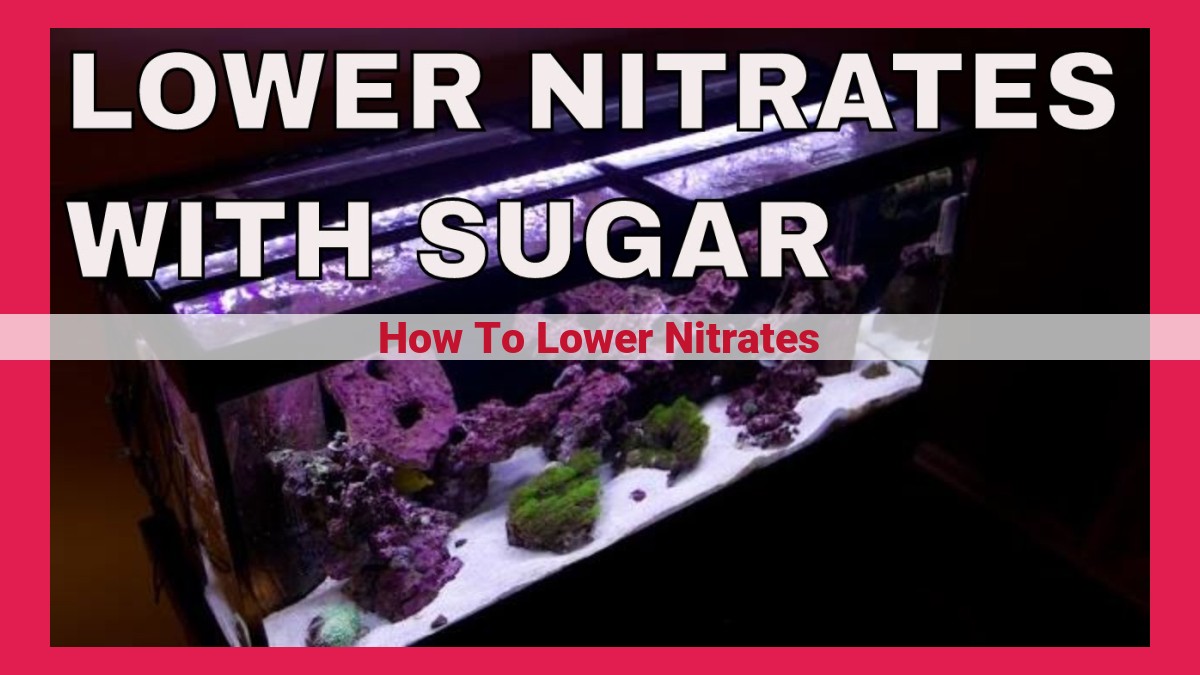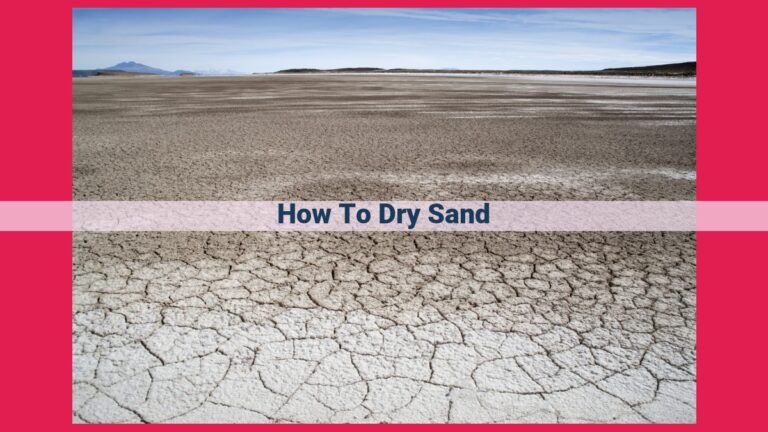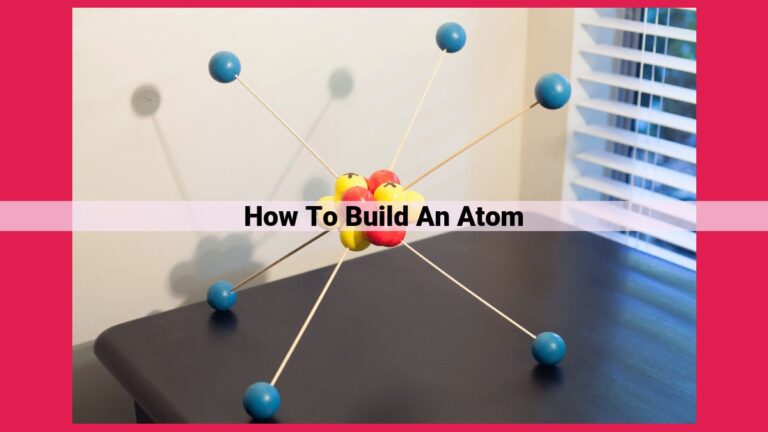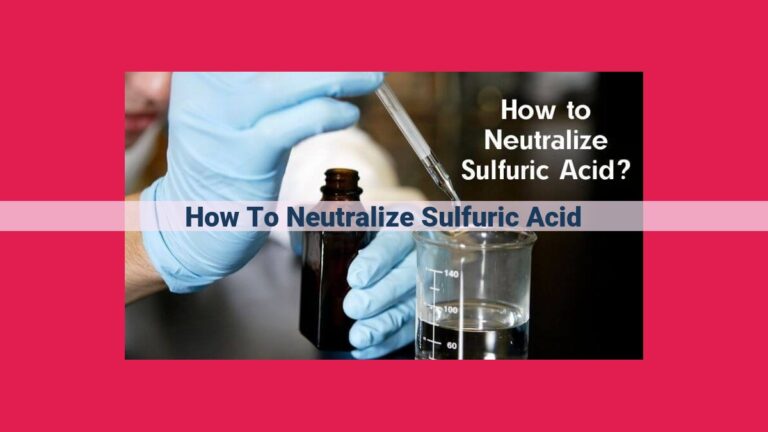Comprehensive Guide To Lowering Aquarium Nitrate Levels: Effective Methods And Tips

To lower nitrates in aquarium water, employ various methods:
- Reduce fish waste through filtration, water changes, and increased plant life.
- Utilize nitrate filters such as UV sterilizers and beneficial bacteria.
- Implement additional measures like avoiding overfeeding, using nitrate-absorbing resins, reducing water temperature, and employing reverse osmosis water.
Nitrates in Aquarium Water: A Comprehensive Guide to Management
In the realm of aquarium keeping, maintaining pristine water conditions is paramount for the well-being of its aquatic inhabitants. Among the various water parameters to monitor, nitrates hold a significant place, as they can impact both fish health and plant growth. This comprehensive guide delves into the significance, negative effects, and effective methods for reducing nitrate levels in aquarium water.
Significance of Nitrates in Aquarium Water
Nitrates, the end product of the nitrogen cycle in aquariums, are essential for plant growth. They serve as a vital nutrient source, aiding in the production of chlorophyll and promoting overall plant health. However, excessive nitrate levels can have detrimental consequences for both fish and plants.
Negative Effects of High Nitrate Levels
Elevated nitrate concentrations can lead to a myriad of adverse effects on aquarium inhabitants. For fish, prolonged exposure to high nitrates can result in reduced immune function, stunted growth, and increased susceptibility to diseases. Plants, on the other hand, may experience nutrient imbalances, growth inhibition, and a decline in photosynthetic capabilities.
With these potential hazards in mind, it is crucial for aquarium hobbyists to take a proactive approach to nitrate management. The following sections present an array of effective methods to combat high nitrate levels in aquarium water.
Methods for Reducing Fish Waste in Aquariums
Excessive fish waste can lead to a buildup of nitrates, which can have detrimental effects on the health of your aquarium inhabitants. To maintain a healthy aquatic environment, it’s crucial to implement strategies for reducing fish waste and nitrate levels.
Utilizing Filters
Filters are essential for removing fish waste from aquarium water. Different types of filters serve specific functions:
- Mechanical filters physically trap larger waste particles, while
- biological filters house beneficial bacteria that break down harmful compounds like ammonia and nitrate.
Regular filter maintenance, including cleaning or replacing filter media, is essential to ensure optimal performance.
Performing Water Changes
Water changes dilute nitrate levels by replacing a portion of the old water with fresh, nitrate-free water. It is recommended to perform regular water changes of approximately 10-25% of the aquarium’s volume.
When changing water, use tepid water that has been dechlorinated or treated with a water conditioner to remove chlorine and chloramine. Gradually add the fresh water to avoid shocking your fish.
Increasing Plant Life
Plants are not only aesthetic additions to your aquarium but also play a crucial role in nitrate removal. Many aquatic plants absorb nitrates as nutrients for their growth.
Choose fast-growing plants such as water sprite, hornwort, or duckweed, which are known for their efficiency in nitrate uptake. Provide sufficient lighting and CO2 to encourage plant growth.
Methods for Utilizing Nitrate Filters
Harnessing Technology: UV Sterilization
Ultraviolet (UV) sterilizers are ingenious devices that combat nitrate-producing bacteria by emitting powerful UV radiation. This radiation disrupts the DNA of these harmful microbes, effectively neutralizing their ability to convert ammonia into nitrates. Utilizing UV sterilizers offers several potential benefits, including:
- Efficient Nitrate Reduction: UV radiation directly targets and eliminates nitrate-producing bacteria, leading to a reduction in nitrate levels.
- Improved Water Clarity: By eliminating bacteria and other microorganisms, UV sterilizers enhance water clarity, providing a pristine environment for aquatic life.
- Healthier Fish and Plants: Lower nitrate levels contribute to better fish health and enhance plant growth by removing a potential stressor.
However, it’s crucial to note that UV sterilization has its drawbacks:
- Potential Impact on Beneficial Bacteria: While UV radiation effectively targets nitrate-producing bacteria, it can also harm beneficial bacteria that play essential roles in the aquarium ecosystem.
- Maintenance Considerations: UV sterilizers require regular maintenance, including bulb replacement, to ensure optimal performance.
- Cost and Complexity: UV sterilizers can be expensive to purchase and install, and they add an additional layer of complexity to an aquarium setup.
Enlisting Nature’s Aid: Beneficial Bacteria
Beneficial bacteria are microscopic heroes that naturally break down nitrates in aquarium water. By introducing and maintaining colonies of these bacteria, you can harness their ability to convert nitrates into harmless nitrogen gas, which is released into the atmosphere. Beneficial bacteria are found in various sources, including:
- Biofilters: Specialized filters designed to house and cultivate beneficial bacteria colonies.
- Live Aquarium Plants: Plants provide a surface area for beneficial bacteria to colonize and thrive.
- Commercial Products: Liquid or tablet supplements containing concentrated beneficial bacteria cultures.
To effectively utilize beneficial bacteria, it’s essential to provide them with an optimal environment:
- Adequate Surface Area: Provide plenty of surfaces, such as filter media or live plants, for bacteria to adhere to and form colonies.
- Proper Filtration: Ensure adequate water flow and filtration to distribute beneficial bacteria throughout the aquarium.
- Regular Maintenance: Avoid harsh cleaning methods or chemical treatments that can disrupt beneficial bacteria colonies.
Additional Methods for Lowering Nitrates in Aquarium Water
Beyond the core techniques discussed earlier, here are some additional strategies to help you keep nitrate levels in check for a sparkling aquarium environment.
Avoid Overfeeding: A Recipe for Nitrate Overload
Just like you wouldn’t overindulge in a generous meal, avoid overfeeding your fish. Excessive food intake leads to more waste production, elevating ammonia and nitrate levels. Stick to a feeding schedule tailored to the specific needs of your fish species and avoid leaving uneaten food to decompose.
Nitrate-Absorbing Resins: A Chemical Solution
A quick and effective solution for vanquishing nitrates is to employ nitrate-absorbing resins. These wonders soak up nitrates directly, providing immediate relief. However, resins have a limited lifespan and require regular replacement. Weigh the pros and cons to find the best option for your aquarium’s needs.
Reducing Water Temperature: Slowing Down Nitrate Production
Temperature plays a crucial role in nitrate production, as higher temperatures accelerate the process. By maintaining cooler water temperatures, you can effectively reduce nitrate generation. Consult the ideal temperature range for your fish species and adjust accordingly to keep their environment nitrate-friendly.
Reverse Osmosis Water: A Pure Source
Reverse osmosis systems purify water by removing dissolved solids, including nitrates. This pristine water provides a clean slate for your aquarium, drastically reducing nitrate levels. Keep in mind that reverse osmosis water may also remove essential minerals, so consider supplementing with appropriate additives.





